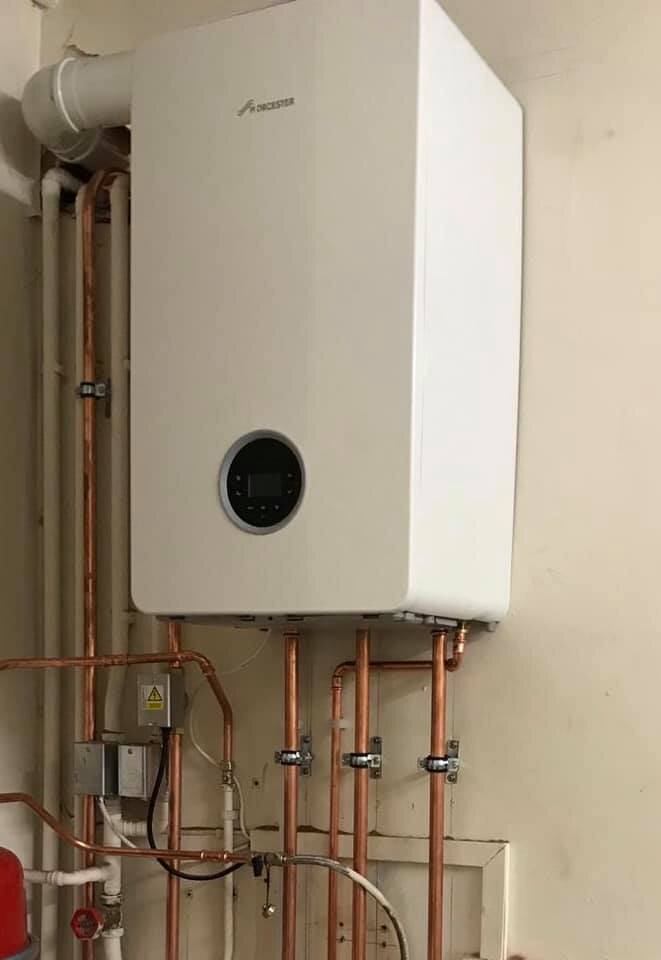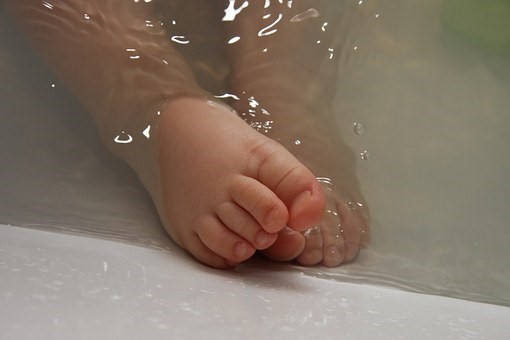Our latest commercial Thermodynamic Hot Water System installation on the Benedictine Monastery, Scotland
Having completed a HUGE installation project of our HIES approved Thermodynamic Hot Water systems at Tyburn Convent earlier this year, we are thrilled to have just wrapped up another commercial installation, at the Benedictine Monastery in Largs Scotland!
This installation followed a recommendation from the Nuns at the famous Tyburn Convent in Hyde Park, London, who, were so thrilled with their multiple thermodynamic water heater installation, that they couldn’t help but recommending our hot water system and installation services at Benedictine!
The Benedictine Monastery
The Benedictine Monastery was originally built in Dumfries following the initiative of Marcia, Lady Herries.
The Monastery, which now stands in Largs Scotland, also has a retreat facility and Christian Heritage museum, and is an important exhibit as to how Christianity and Monasticism came to the British Isles.
The Benedictine Monastery is a sister convent to the famous Tyburn Convent in London, and continues to be home to an order of Benedictine sisters, who, like all of us – require hot water...
Recommended Solar Hot Water System Installers
JEM Energy were recommended by the sisters at Tyburn to the Largs Monastery, following the huge success of their own Bunsen Air – water heating systems earlier this year, during which four thermodynamic water heaters were installed.
The sisters of the Benedictine Monastery, who too were hoping to modernise their water heating methods and lower their own carbon emissions, got word of how successful the Bunsen Air systems had been at Tyburn, and wanted to enjoy the benefits and ease of all year round renewable hot water themselves.
JEM Energy Thermodynamic Hot Water Panels
The only way to guarantee renewable hot water all year round, is with thermodynamic water heating technology. Other renewable hot water heating methods such as solar thermal systems, are simply not a reliable source of solar hot water all year round. The reason for this, is that they still require a back-up method of water heating to generate hot water during cooler months of less sun exposure.
The Thermodynamic Water System Installation
As the Benedictine monastery is large, featuring numerous access points to water cylinders and pipe work, alongside the number of sisters living there (who would all require hot water on a daily basis), it was decided that three Bunsen thermodynamic water systems would best suit the needs of all living in the monastery, alongside two new hot water cylinders, one new boiler, and one new radiator zone for the chapel.
According to all accounts, and despite being one of JEM Energy’s larger commercial installations, this installation went extremely well, with all three Bunsen Air systems connected successfully, making both the Benedictine Monastery and Tyburn Convent, both fantastic examples of the greatest possibilities when it comes to modern renewable systems being integrated into very old, and in this case… historic settings, and how these possibilities can easily become reality.
Find Out More
For more information about the Benedictine Monastery in Largs, its history and retreat - then visit the Tyburn website.
If you would like to learn more about the possibilities and benefits of thermodynamic hot water system installation, either in a commercial or domestic capacity, then get in touch with the friendly team at JEM Energy who will be happy to help!























